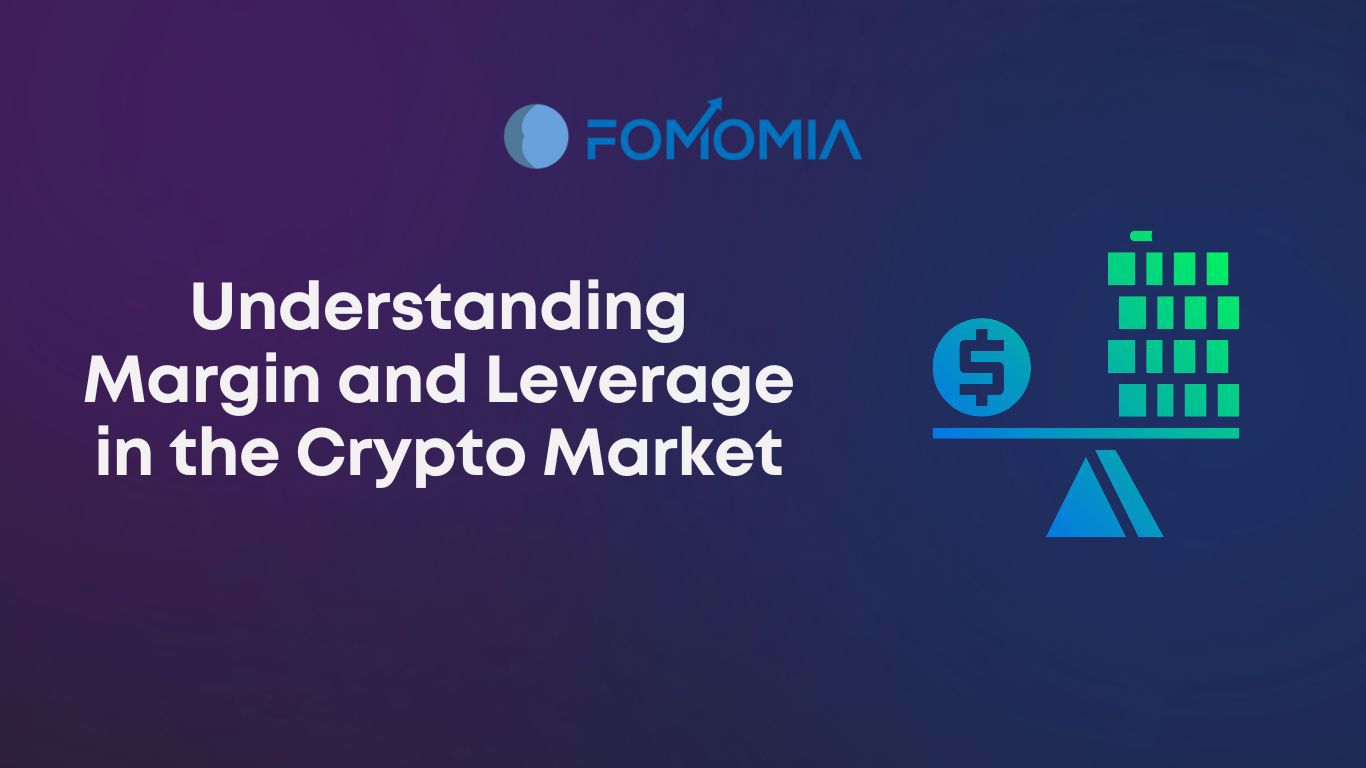Understanding Margin and Leverage in the Crypto Market
The crypto market presents various trading options, including margin and leverage trading. However, these concepts can be confusing for beginner traders. In this article, we'll discuss that what is the difference between margin and leverage trading and how they work in the crypto market.
What is Margin Trading?
Margin trading, also known as leveraged trading, is a method to trade with more money than you have in your account. When you trade on margin, you borrow money from a broker or crypto exchange to trade a more significant position than you would be able to with your capital. The amount of money you can borrow, also known as the margin, varies depending on the crypto platform and the cryptocurrency you're trading.
Margin trading permits traders to magnify their returns and increases the risk of losses. When trading on margin, it's essential to understand that a small move in the cryptocurrency price can result in a significant profit or loss.
What is Leverage?
Leverage is the amount of money you borrow from a broker or crypto exchange to trade a more significant position than you would be able to with your capital. In the crypto market, leverage is often described as a ratio, such as 2:1 or 5:1. For every $1 you have in your account; you can trade $2 or $5 worth of a cryptocurrency.
Leverage vs Margin
It is famous that leverage and margin are closely related concepts, but they are not the same. Leverage is the amount of money you borrow to trade a more significant position; on the other hand, the margin is the amount you need to have in your account to trade on margin. In other words, the margin is the collateral required to trade on leverage.
The main difference between margin and leverage
One key difference between margin and leverage is that margin is a specific amount of money, while leverage is a ratio. From an example, we'll learn this: if a platform requires a 2% margin, you need to have 2% of the total trade value in your account as collateral. On the other hand, if a crypto platform offers a leverage ratio of 2:1, that means for every $1 you have in your account, you can trade $2 worth of cryptocurrency.
Another main difference is that margin is a requirement for leverage trading, but leverage can also be used in other types of trading, such as futures or options trading.
Risks and Considerations
Trading with leverage, whether margin or leverage trading, can be hazardous, and it is essential to understand the risks involved. A little move in the cryptocurrency price can result in a significant profit or loss. So, it means the gains will be substantial, and they will also be prominent in case of losses. Before you start leveraging, you must have a good understanding and knowledge of the cryptocurrency market and the specific coin you're trading. So, it is essential to have some research work and study before starting crypto leverage trading.
Conclusion
Margin and leverage trading can be helpful tools for traders in the crypto market, but it is essential to keep the risks in mind as well. We have discussed in detail about what is the difference between margin and leverage in crypto trading, and I am hopeful that now you can go further in this field. You must constantly research and seek a financial professional's advice before making any investment decisions.


